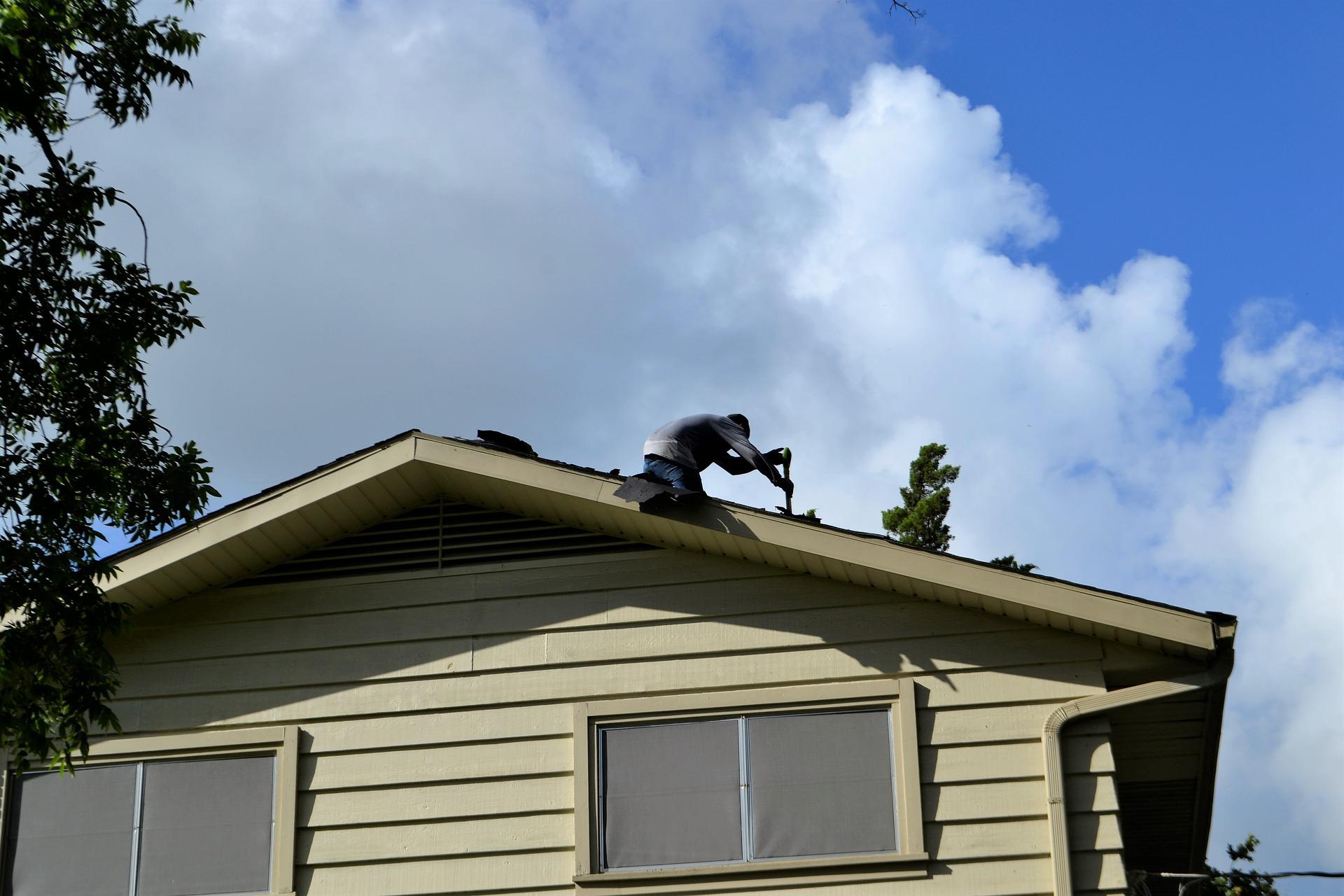One impact from the COVID-19 pandemic was the increase in people working from home. But even before the pandemic, telework was becoming more common.
There are clear energy-saving advantages to working from home – including avoiding a stressful commute and saving fuel – and many people find they get a lot of work done without the regular distractions of the office. Working at home also can present some challenges when it comes to keeping your costs down, because you’re at home for longer periods of time. Luckily there are a few things you can do to minimize your energy use while working at home, especially as the months get cooler with autumn just around the corner.
- Open the blinds. Don’t forget to open the blinds in your office or wherever you’re working, to let in the heat and light. The natural daylighting is great for working so you won’t have to turn on any overhead lights or desk lamps, and the sun’s natural heat will help keep your home comfortable and minimize how often the heat kicks on during the day.
- Use a smart power strip. If you’re working at home, it’s very likely that you’re working on a computer. But it likely is not just your computer that enables you to work from home. You may have a printer/scanner, phone charger, monitor, modem, router, and other electronics plugged in. Smart power strips ensure these devices aren’t drawing power when you are off work and they are not in use, while giving you the option to keep a few devices “always on.
- Grab a blanket. Working from home may provide you with the opportunity to dress a little less formally, giving you the option to layer up or dress down to save energy. If your home office tends to be a little cooler than the rest of the house, a blanket on your lap ensures that you’re comfortable without cranking up the heat.





0 Comments